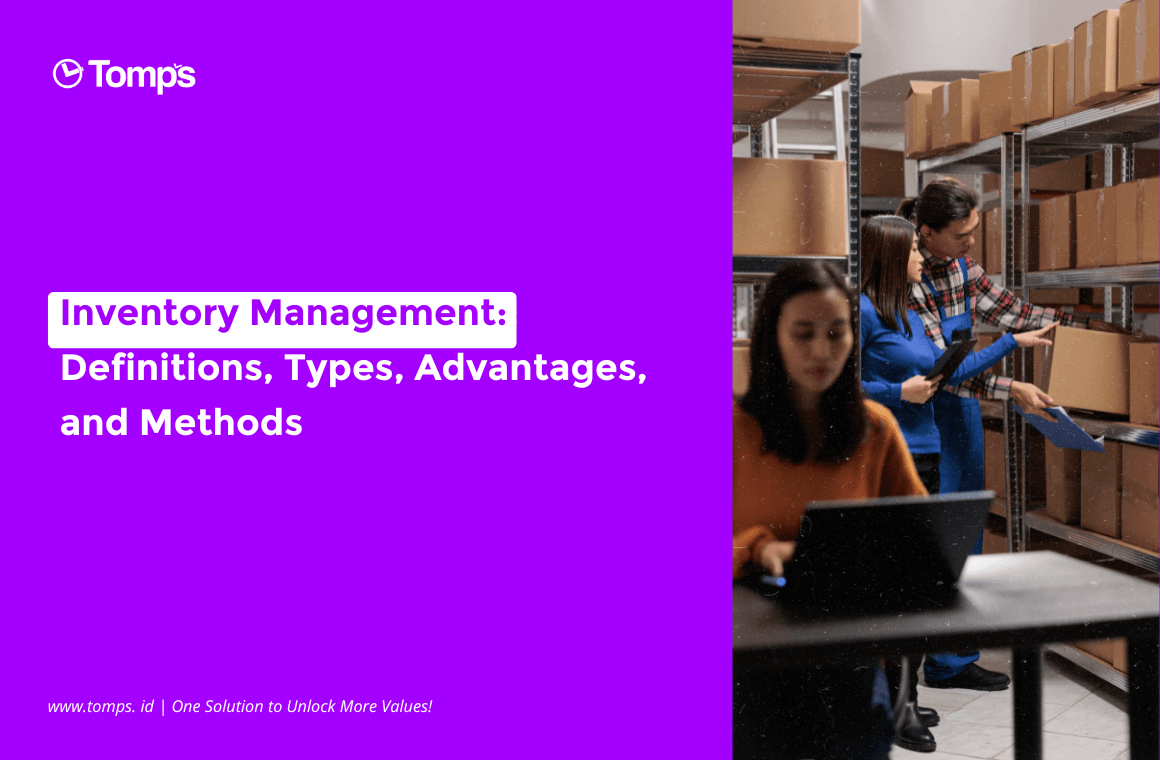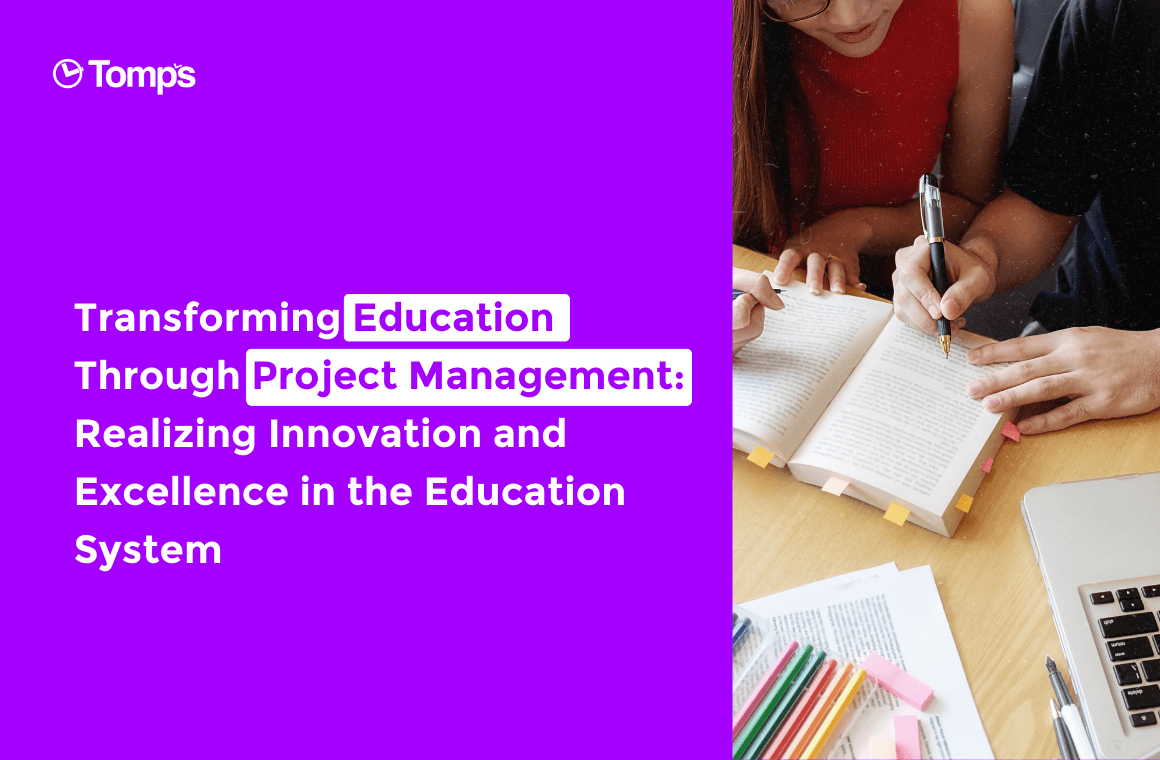Continuous improvement is a method of identifying improvement opportunities in order to streamline the way work is done and reduce waste. Furthermore, the continuous improvement includes the gradual improvement and breakthroughs of products, services, or processes. These efforts may seek fixes that “add” over time or “breakthrough” fixes that occur all at once.
What exactly is Continuous Improvement?
Loop kaizen is an approach developed by PMI in which teams experiment with small changes in the way they work, adopting changes if they work in a given context and ignoring them if they don’t. Kaizen is defined as change (kai) for the better (zen). Kaizen’s goal is frequently to reduce or, better yet, eliminate waste or overwork.
This term was first used in Lean, Agile, or Kaizen charts in the manufacturing and service industries, and it is now widely used by some businesses to identify cost-cutting opportunities, such as improving their products, services, and processes. This is due to the numerous ideas that can be combined to produce excellent results. Kaizen and Kanban, for example, can be used in tandem to facilitate continuous improvement through workflow visualization. Continuous improvement is the main focus of Lean or Agile methodologies, particularly to improve customer service standards and reduce waste in the form of costs, time, and defects (work that must be reworked).
The project management processes presented in the PMBOK are discrete elements that are distinct from other well-defined processes. However, in practice, there is sometimes overlap and interaction that is not fully detailed. Most experienced project managers recognize that there are multiple approaches to project management.
According to PMI, one of the most widely used methods for managing projects using the continuous improvement model is the four-step plan-do-check-act (PDCA) cycle:
Plan (Plan): Identify opportunities for change and plan for them.
Do (Do): Implement small-scale changes.
Check: Analyze the results of the change using the data to see if it makes a difference.
Action: If the change is successful, scale it up and continue to value your results. If the changes do not work, restart the cycle.
The plan-do-check-act cycle is the concept underlying the interaction of project management processes.
The Process Group’s integrative nature is more complex than the basic plan-do-check-act cycle, as illustrated in the figure below.
On the other hand, enhanced cycles can be applied to interrelationships within and between Process Groups. The Planning Processes category represents the “plan” component of the plan-do-check-act cycle. The Executing Process group is the “do” component, while the Monitoring and Controlling Processes group is the “check and act” component. Furthermore, because project management is a limited effort, the Initiating Processes Group initiates and the Closing Processes Group concludes this cycle.
Continuous improvement includes the Plan, Do, Check, Act (PDCA) cycle. Work processes are planned, goals are established, and resources are allocated. Processes are implemented while working. The check stage is the evaluation stage. Was the procedure a success? Are they efficient? Was the work done well? Are your customers happy? Action is required to make the necessary adjustments based on what is discovered. The PDCA cycle is restarted when this adjustment is planned.
What Are the Different Types of Continuous Improvement?
The goal of the Continuous Improvement process is to enable people in your organization to easily and methodically share their improvement lessons with one another.
1. Identify Improvements
There are several ways in which your process improvement group can help your organization identify potential improvements. One of the more effective strategies is to encourage the team to hold regular retrospectives.
2. Analyze the Root Cause
Root Cause Analysis (RCA) is the process of determining the root cause, underlying problem, or problem in order to determine the best solution. Knowing the root cause of a problem allows us to address it rather than simply treat it.
3. Share Improvements
As you can see, there are several ways to share ideas for improving team performance, many of which are free or very inexpensive to implement. One method for generating ideas is through an internal discussion forum, a practice presentation (also known as a meal and a lesson) in which one person presents their knowledge to others, and a practice group that meets regularly to generate ideas. Another method is through a practice group that meets regularly to generate ideas.
4. Capture Improvements
Your organization may wish to document lessons learned in order to facilitate long-term sharing across teams, thereby supporting overall improvement efforts.
5. Manage Improvements
Fixes that could be critical:
- Involve several teams
- Significant investment is required.
- Considered significant by your stakeholders.
6. Support Teams
Sometimes teams require assistance in getting started with a continuous improvement approach or in adopting a new way of working (WoW). There are several options for providing this assistance.
7. Organize Communities of Practice (CoPs)/Guilds
A Community of Practice (CoP), also known as a Guild, is a group of people who share a skill or profession and have come together to ‘learn’ from one another in order to develop themselves and the organization. A CoP is typically initiated when one or more practitioners in your organization recognize the need, though it may also begin to support appropriate Center of Excellence (CoE) efforts. Participation in the CoP is typically optional.
8. Organize Centers of Excellence (CoEs)
A Center of Excellence (CoE), also known as a Center for Excellence (C4E), is a group of people with specific skills and expertise whose job it is to provide leadership and spread that knowledge throughout your organization. CoEs are typically established to support the expertise or area of knowledge that your organization wishes to master. Your organization, for example, may have Agile CoE, Testing CoE, DevOps CoE, and Architectural CoE.
9. Government Improvement
Senior management frequently wants to know if the organization is benefiting from your investment in agile and lean techniques (or any other potential improvements), how much things are improving, and how widespread the adoption is. The implication is that there must be a way to monitor and report on remedial activities, preferably in a light and efficient manner.
10. Measure Improvement
What is measured will improve, according to an old adage. Potential improvements are made to meet the desired goal or achieve the desired result, and they necessitate an investment. Your stakeholders will naturally inquire about the effectiveness of your continuous improvement efforts, which is why measurement is required.
What is the Importance of Continuous Improvement?
There are several reasons why your organization should prioritize continuous improvement:
Reduce the time it takes from conception to implementation.
Ideas for improvement can come from anyone, at any time, and from anywhere in your organization. As a result, you should have organizational mechanisms in place to identify and explore those ideas so that they can be quickly implemented by the most appropriate people.
Improve your skills and share your knowledge.
The highly collaborative environment that characterizes agile teams is ideal for sharing skills and knowledge within each team, but teammates aren’t the only people in your organization from whom you can learn. A key goal of continuous improvement programs is to encourage and enable people to share their skills and knowledge beyond their immediate team. This can be accomplished through a variety of strategies, including the community of practice, online discussion forums, practitioner presentations, and many others.
Make the most of your “failure return on investment (ROI).”
Lean’s premise is to learn from your mistakes, viewing each “failure” as an opportunity to improve. As a result, not every team must go through the same setbacks. One team, or in some cases multiple teams, can fail in the same way and then share their learning with others. This way, other teams can avoid similar failures, increasing the value of learning for your organization. But we can only do so if it is safe to fail and, even better, when failure is celebrated and learning is shared with others.
Increases the possibility of radical improvement.
The problem with the Japanese concept of kaizen, which is to make small incremental improvements over time, is that you can end up on a path of improvement that never leads to a quantum leap in your process. Yes, things improve, but you may pass up an opportunity to improve things significantly. A team following the Agile lifecycle, for example, may never identify a continuous deployment (CD) strategy on its own because a two-week iteration may preclude the idea of releasing it into production multiple times per day. However, if members of your team learn that other teams in your organization are using the CD technique, they may decide to begin experimenting with it right away.
This, in turn, has the potential to result in “radical” process improvements by abandoning the concept of time-constrained iterations in favor of something more akin to Continuous Delivery: Lean DA lifecycle.
In short, your company requires a strategy for communicating potential improvements among teams. Workflows should ideally be streamlined to make it easier for teams to learn from one another.
Mindset for Continuous Improvement
Continuous improvement through the application of Disciplined Agile principles
We follow the following philosophy to be effective in continuous improvement:
Behavior First
Long-term improvement can begin with behavior change, with people beginning to work in new ways and adapting as they learn how to apply new approaches in the context of their point of view. Infrastructure and procedures can be developed and improved if one of the work factors is more stable.
Small incremental changes.
In most major cases, fixes appear as a series of minor fixes over time. Smaller changes like these are thought to be easier, less expensive, and less risky to implement on a regular basis. They are also simpler to communicate with and implement in other parts of your organization or company.
Experiment, experiment, and experiment again.
Most people should be allowed to test new ways of working (WoW) to see if they are a good fit. If the new WoW does not work, it will not harm your team or organization, and the people who do it will not be penalized for the failure.
Mistakes teach.
Failed experiments provide valuable insights into what doesn’t work in the context of your current point of view. When conducting experiments, the scale of risk should ideally be small, which means that if this small experiment has even the slightest measurable change, it will “fail quickly” if it does not work.
Others teach.
You can learn from other people’s mistakes. This is why guided continuous improvement (GCI) is so important: it transitions you from rapid failure to “success early” by allowing you to make better decisions about new ways of working (WoW) to experiment with.
Learning Organization.
A learning organization is one that is adept at changing its behavior to reflect new knowledge and insights. As a fundamental aspect of their way of working, people in learning organizations create, acquire, and transfer knowledge (WoW).
Share learnings widely.
Facilitates learning among potential individuals, teams, and organizations. The goal is to reduce overall repair costs while increasing speed, which requires effective communication.
Celebrate learnings.
When groups invest in learning activities, particularly experiments, it is critical to recognize the learning. This includes both failed experiments where they learned what didn’t work in their context and successful experiments. Celebrating learning indicates that it is safe and desirable to try to help others share their learning.
Measurable improvement.
There is an old adage that goes, “What is measured improves.” Another important assumption is that what is constantly measured is still being improved.
That concludes the review of continuous improvement. Hopefully, your input will help to improve project management quality.
Tomps.id, the flagship for all projects, keeps you up to date with the most recent project management information!







